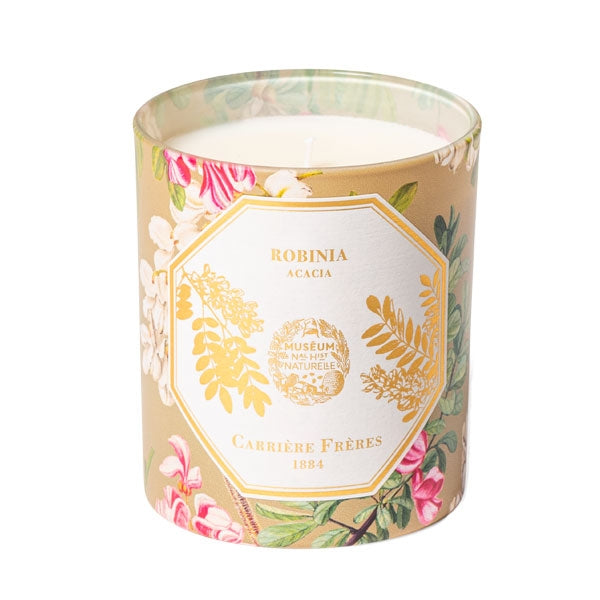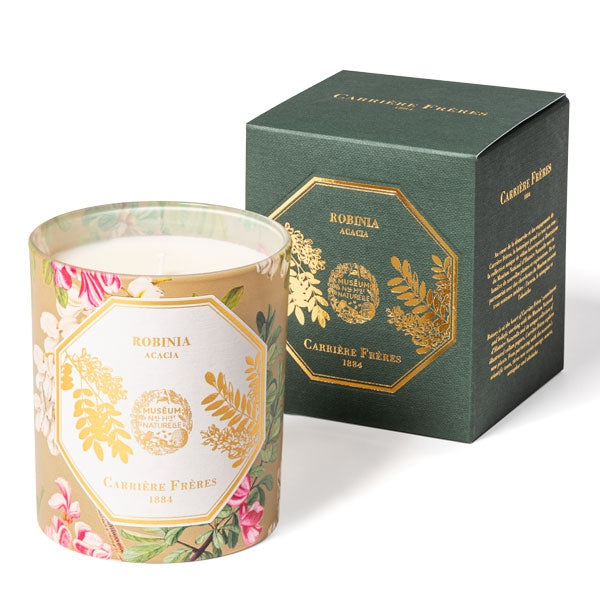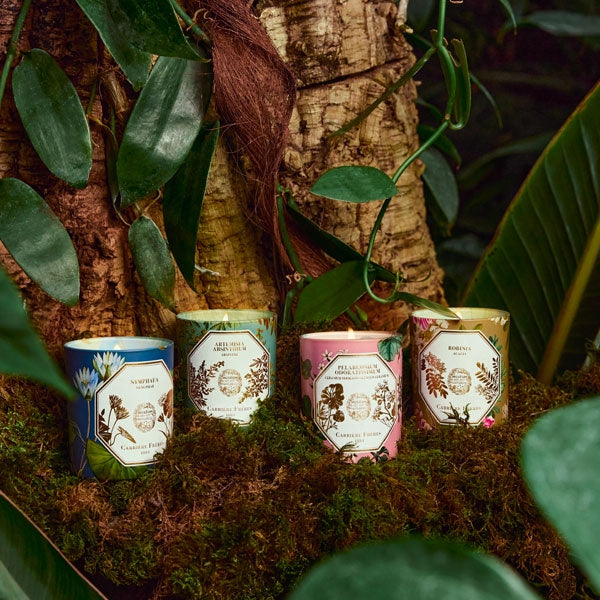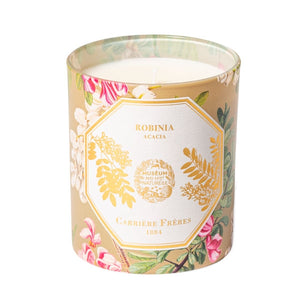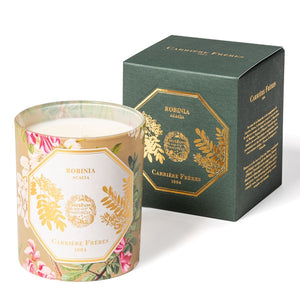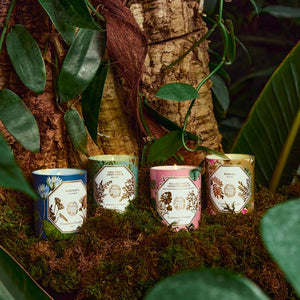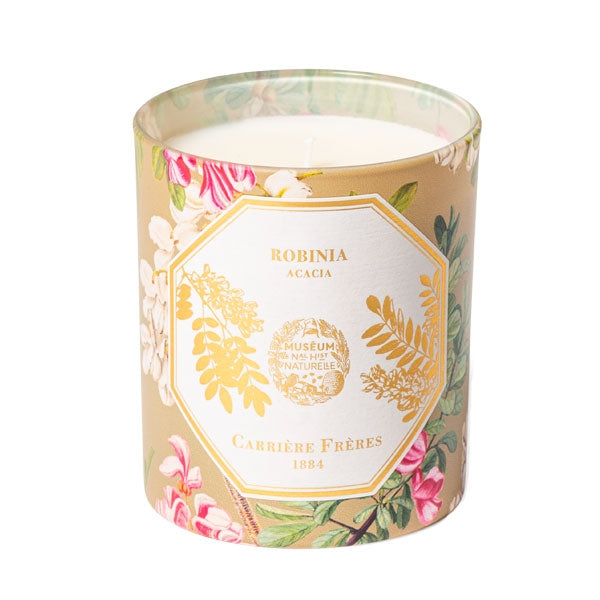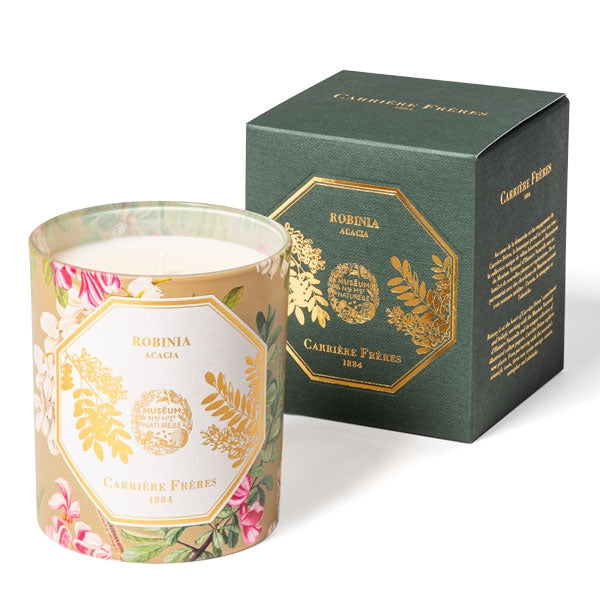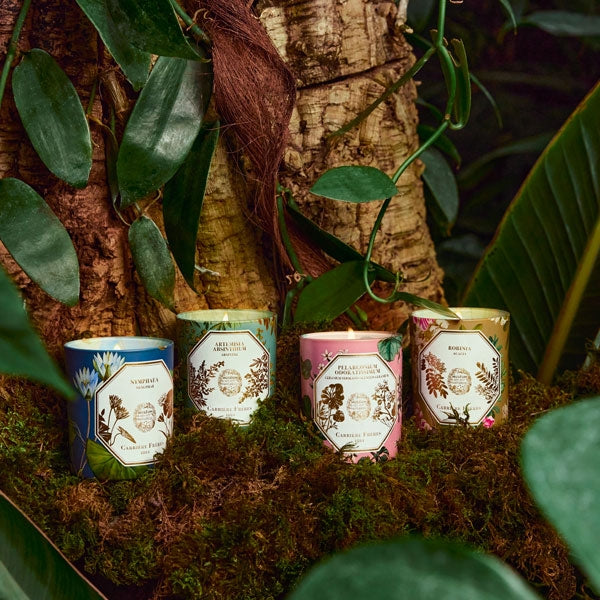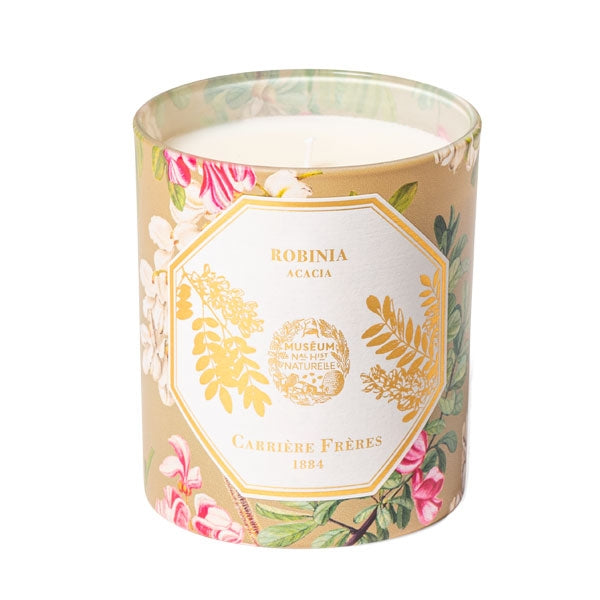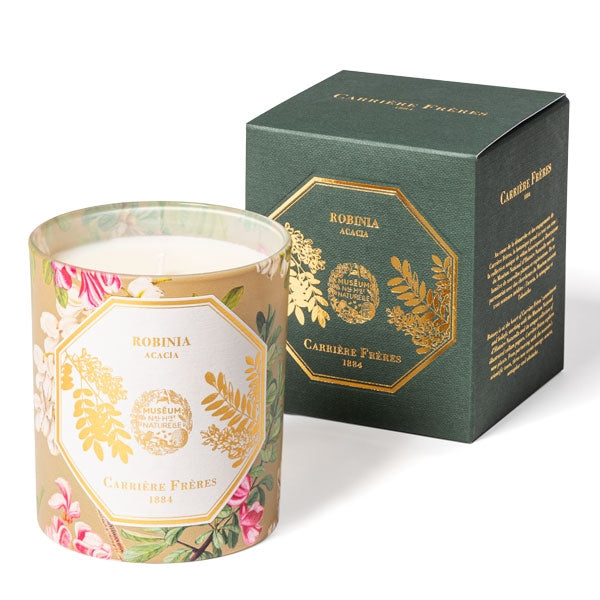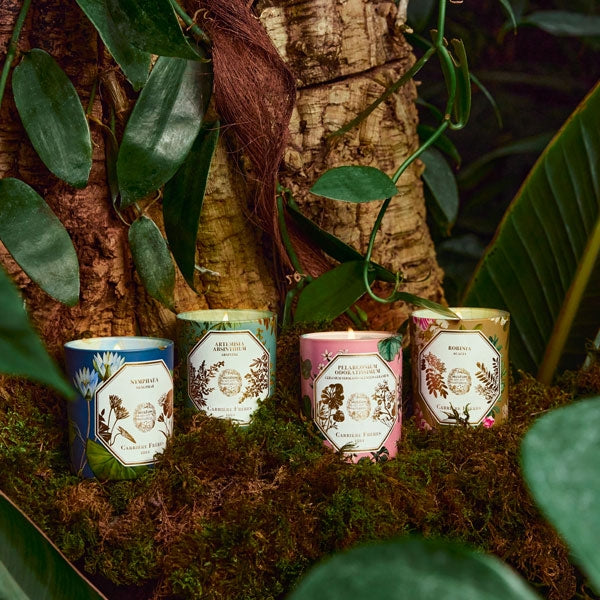The acacia, an ancient tree with a floral sweetness, reveals a green coolness paired with golden floral aspects, sunny and honey-like.
Origin
Native to the eastern United States, the acacia or black locust (Robinia pseudoacacia) has lush, cool green foliage, flat pods containing its seeds, and clusters of sweet, cream-coloured flowers. It was named by Swedish botanist Carl Linnaeus in honour of Jean Robin (1550–1629), botanist to French King Henry IV, who introduced the tree to France. It has been planted in Europe since the 17th century. The tree can live for over 300 years, and even today you can see two unique specimens of these trees in Paris, planted by the king's gardener: one in the Jardin des Plantes, planted in 1636, and another in the city centre, on Square René-Viviani, not far from Notre-Dame de Paris, which dates back to 1601 and is the oldest tree in Paris.
Perfume
Floral dust. At first, you perceive a green coolness evoked by green notes of violet leaves. Then the fragrance unfolds a multitude of golden, sunny and honey-like floral tones reminiscent of fragrant blossoms whose aroma is similar to that of an orange tree. The round, enveloping character of acacia absolute evokes powdery notes, both green and floral.
Coloured illustrations of 19th-century botanical plates appear through the matt, jade-green tinted glass. A gold-embossed acacia branch is featured in the centre of the octagonal label.
100% vegetable wax. 50% European organic rapeseed wax.
Burn time: 40 to 45 hours

